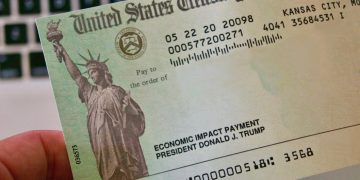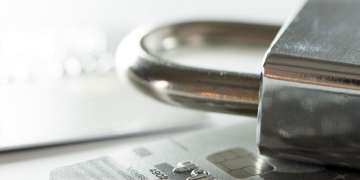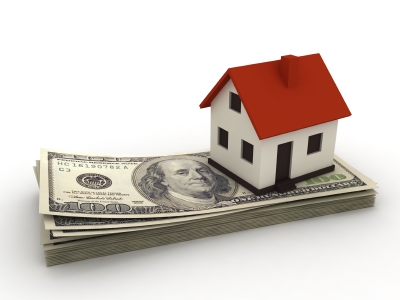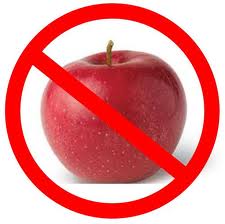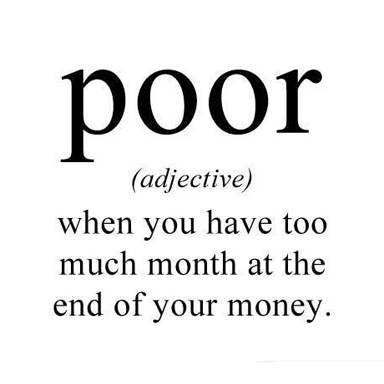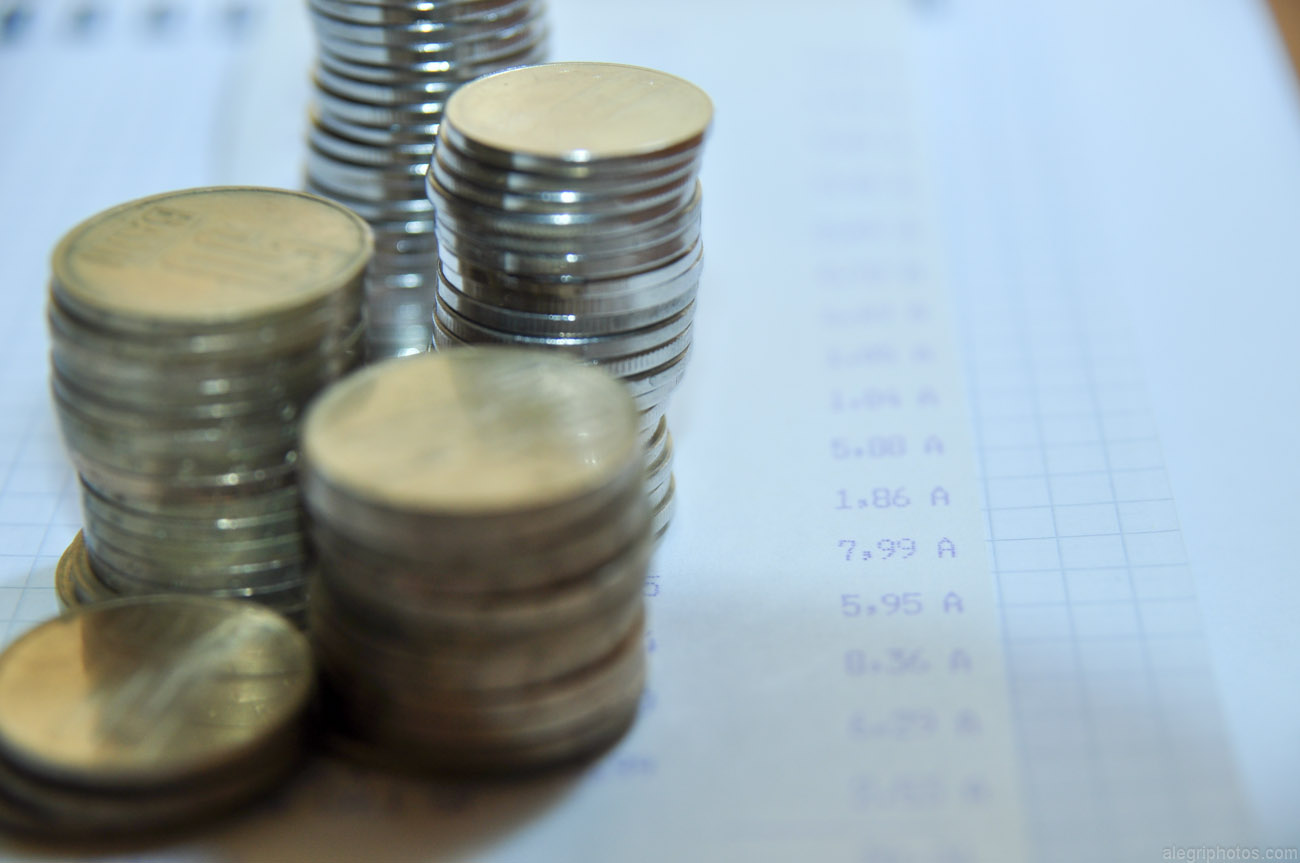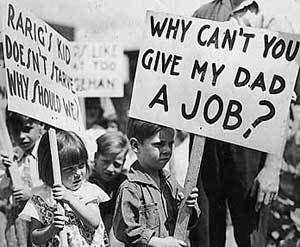While I was working my way out of debt, I tried just about every method that I heard of to help me pay my debt down faster. Hands down, when I discovered the debt snowball method and the debt snowflake method, they made sense, but I just kept confusing them. The what? Snowball. Snowflake? Snowcone? All the same to me.
Well, they’re actually different. It’s time to work smarter, not harder. Let’s learn about two different bill payment strategies that can maximize the effectiveness of your payments.
The Snowball Method
I’m a very visual kind of person. As you notice, this blog has all kinds of bells and whistles and pretty colors. As humans, we respond to visual cues. When we see red we immediately think caution or anger…unless you’re at the McDonald’s drive-through, in which case I think of delicious French fries. The Snowball Method kind of works on the same principals. Here’s what it involves:
- Gather all of your bills listing them from the ones with the highest balance to the lowest balance
- Decide how much per month you want to dedicate to paying all of bills in this category.
- Pay the minimum balance on all of your credit cards except the one with the lowest balance.
- Dedicate the balance of your monthly budget to the lowest balance bill until it is paid off
- Once the lowest bill is paid off, continue paying the minimum balance on all of your bills except the next in line with the lowest balance. There you dedicate the balance of your budget.
- Continue rolling along until all of your bills have been paid
Here’s an example of the Snowball Method in action:
- Mary has three credit cards with balances of 1) $1,000, 2) $500 and 3) $300. The minimum payments are $20, $15 and $10 respectively.
- Mary puts $100 per month in her credit card payment jar.
- Mary should pay her cards $20, $15 and $65 respectively. That adds up to $100 per month.
- In about five months Mary will have eliminated the $300 credit card debt. She should now pay $20 and $80 to her credit cards. That adds up to $100.
- Once the second card is paid off, she should pay the final card the entire $100 per month.
The hope is that once you see that your bills can be paid off, you’ll be dedicated to continue paying. It feels awesome to see a bill reach a zero balance. If you like that visual cue and think that it would be a great motivational tool for you, use this method. However, if you want to minimize the amount of interest that you’re paying, allow me to introduce you to the Snowflake Method.
The Snowball Method Revisited
For people like me with very large balances who want to minimize the amount of interest that is paid, you can tweak the Snowball Method a bit. Visual cues are great, but having more money in my pocket at the end of the day is better for me, especially when my credit card balances were initially close to $20,000. Alright, here’s how it works:
- Gather all of your bills listing them from the ones with the interest rate to the lowest interest rate
- Decide how much per month you want to dedicate to paying all of bills in this category.
- Pay the minimum balance only on all of your credit cards except the one with the highest interest.
- Dedicate the balance of your monthly budget to the highest interest bill until it is paid off
- Once the lowest bill is paid off, continue paying the minimum balance on all of your bills except the next in line with the highest interest rate. There you dedicate the balance of your budget.
- Continue rolling along until all of your bills have been paid
If your balance is high enough, you can shave months off of your payoff date and save hundreds of dollars interest. This is pretty much what I do.
The Snowflake Method
Another way of paying off your debt is called the Snowflake Method. Very simply, the idea is that even tiny payments add up in the long run. The requires you to make extra payments on your debt, no matter how small the amount. If you find an extra $5 rattling around your jars, you would use that to help pay down a debt.
Lots of people use this method to help pay down their mortgages faster. This proves that additional payment, no matter how small, can add up over time.
So, if you’re on the debt repayment journey and want to maximize your efforts even if you don’t have extra cash to devote to debt servicing, consider implementing one of these methods. You might end up saving time and money.


